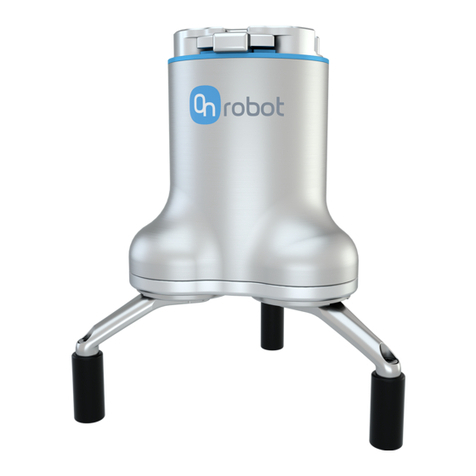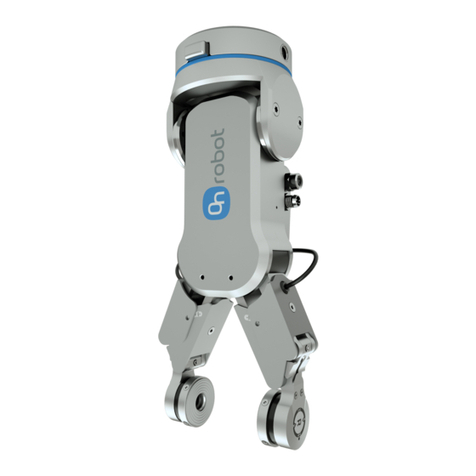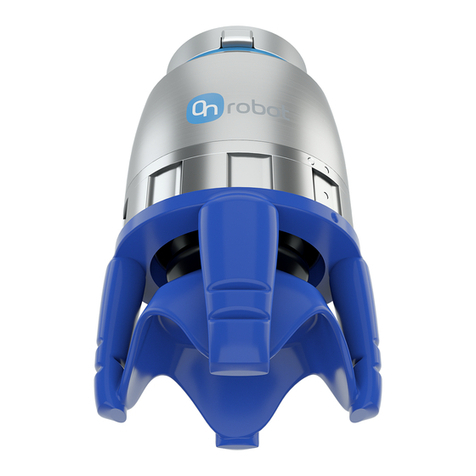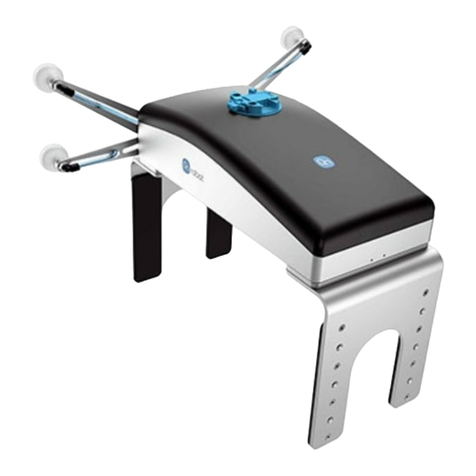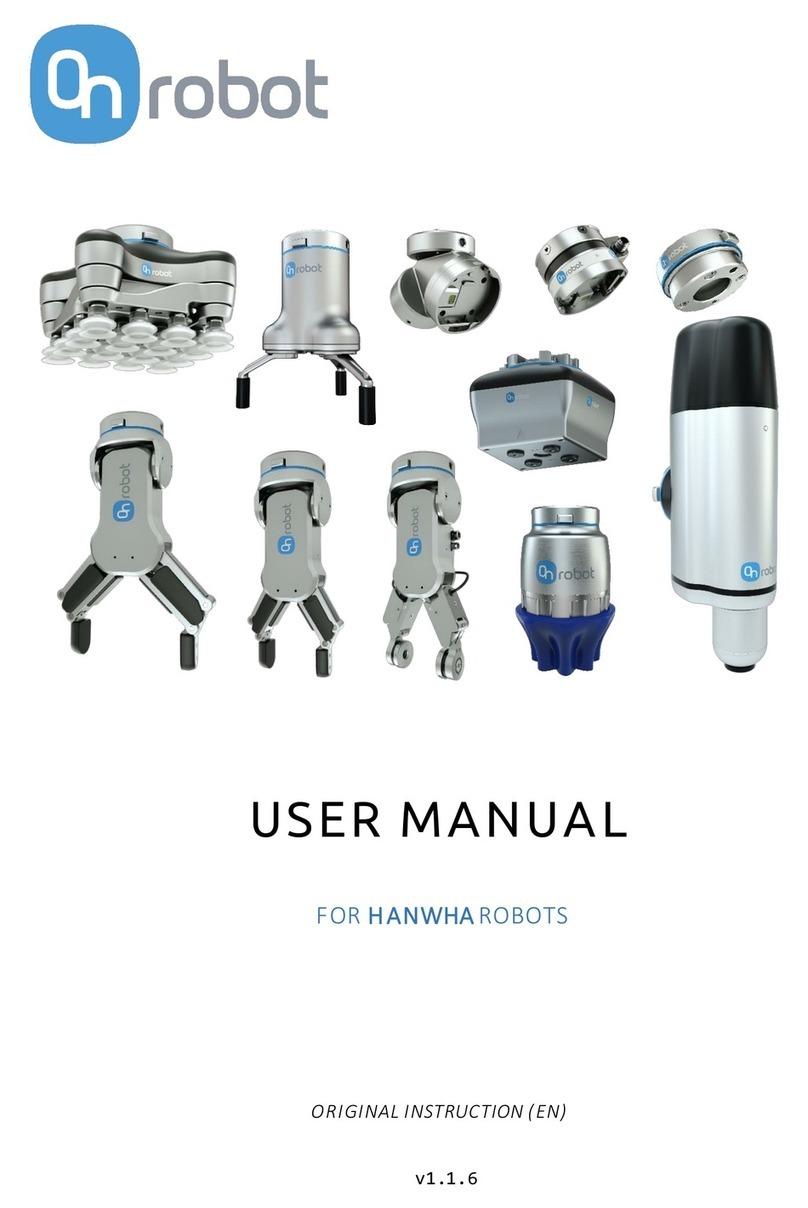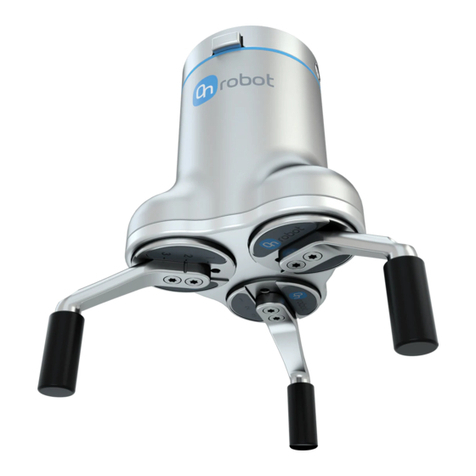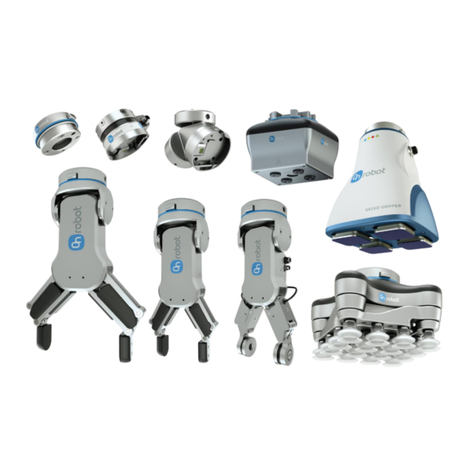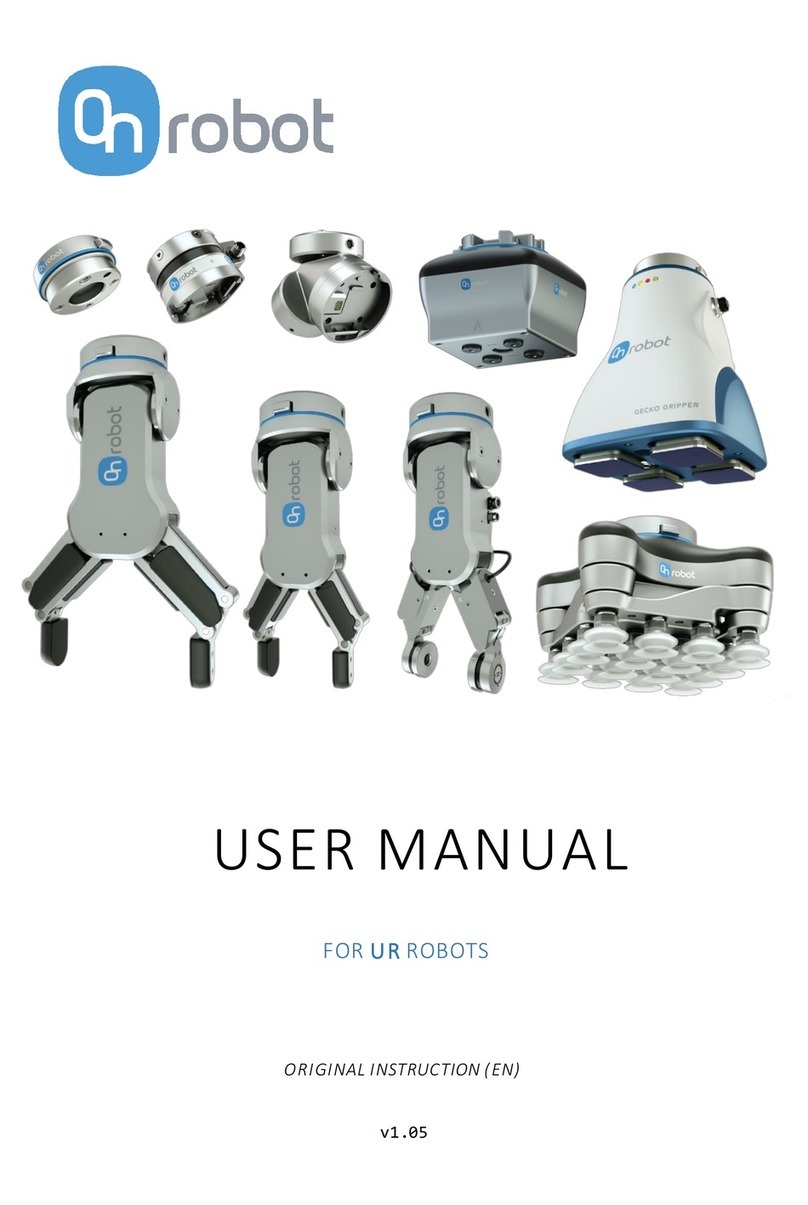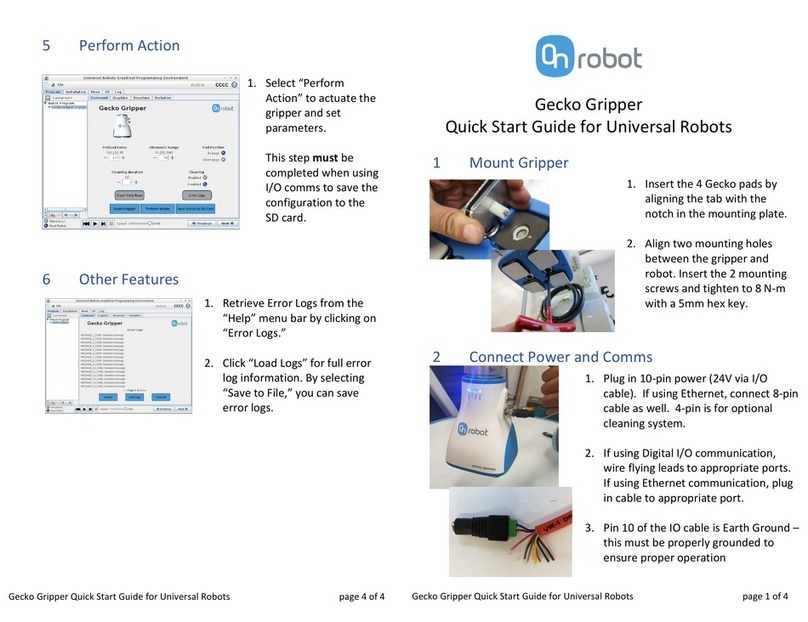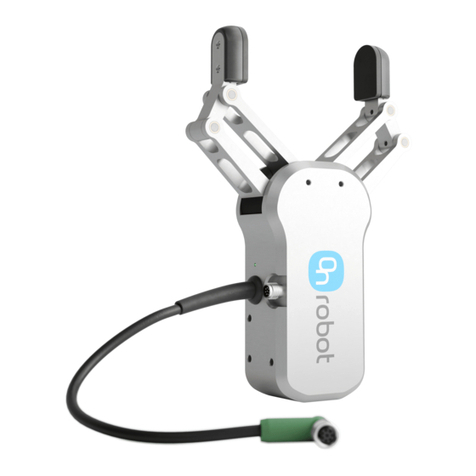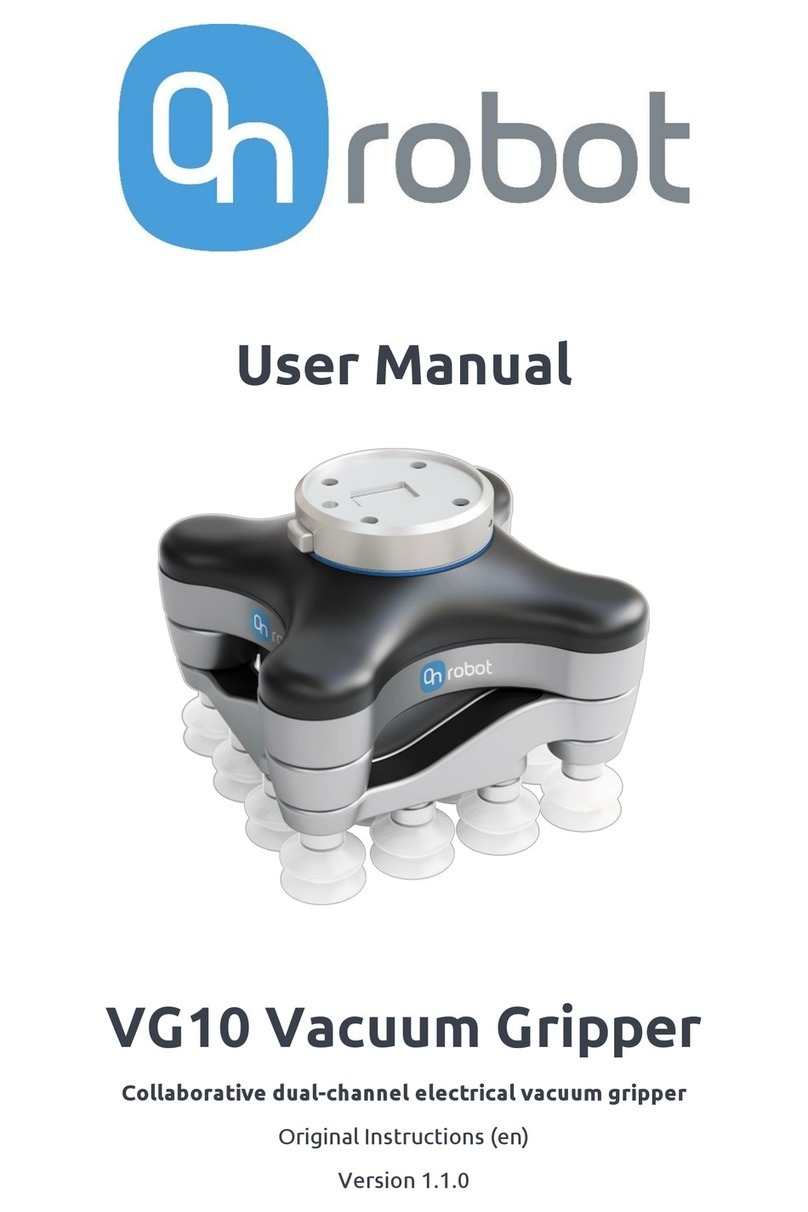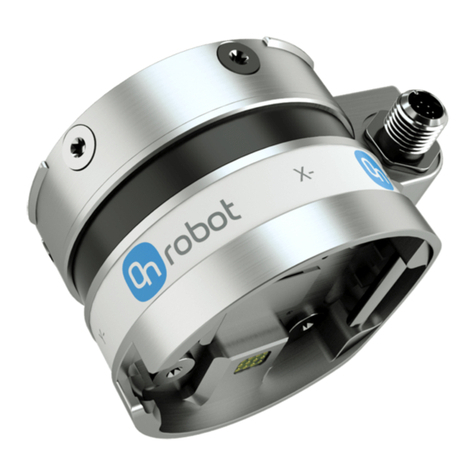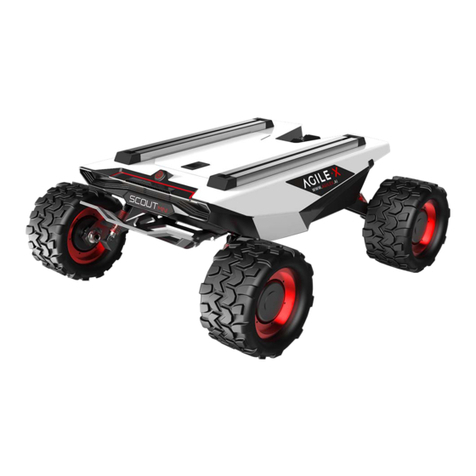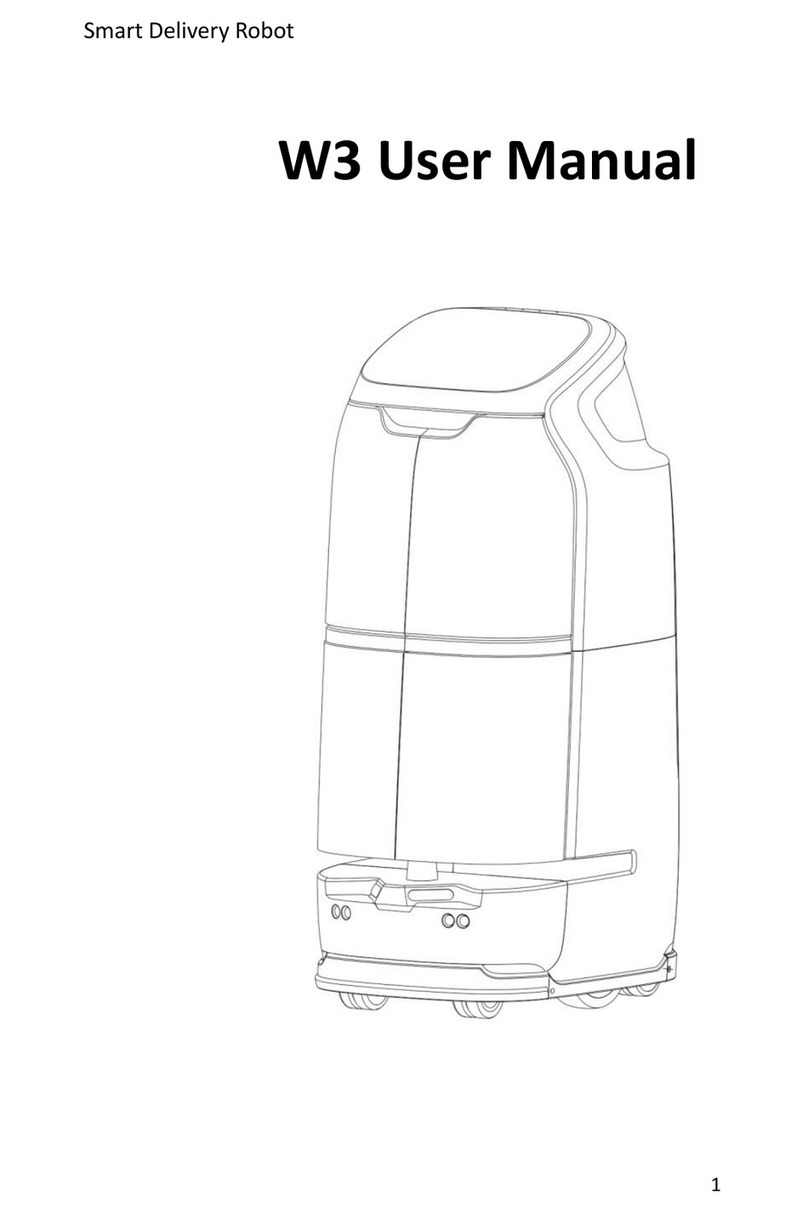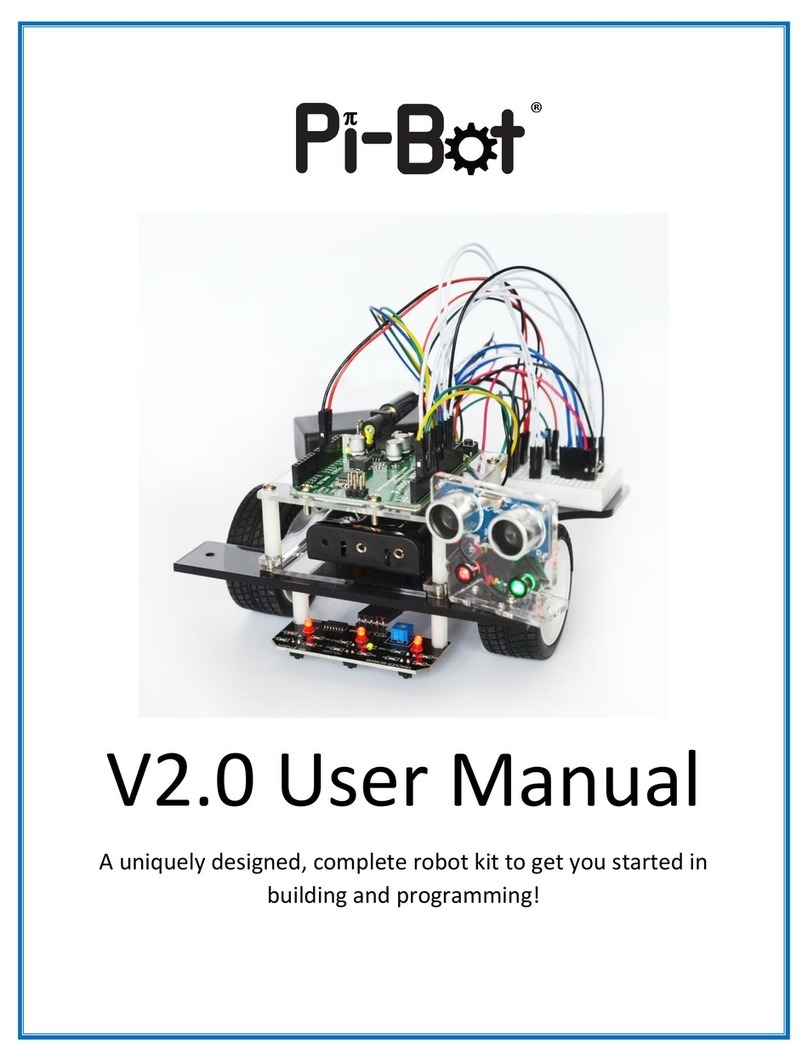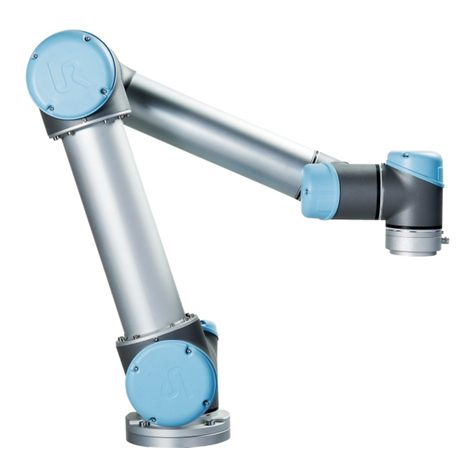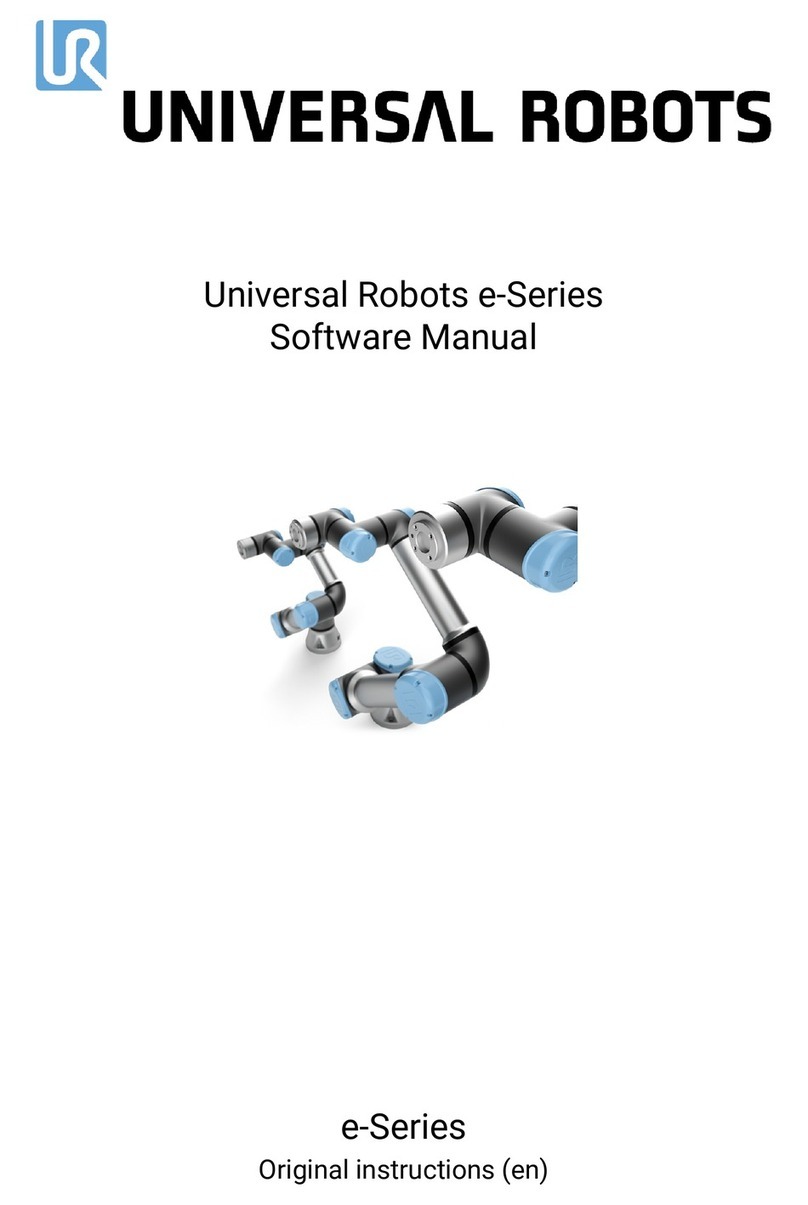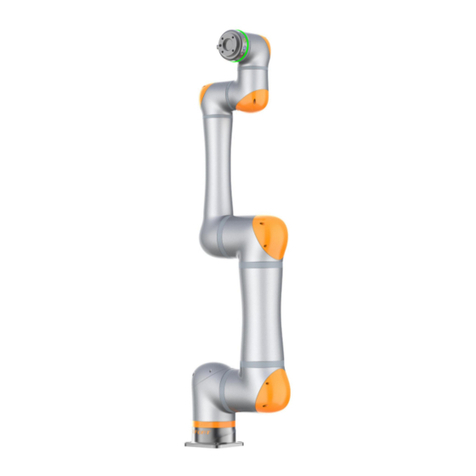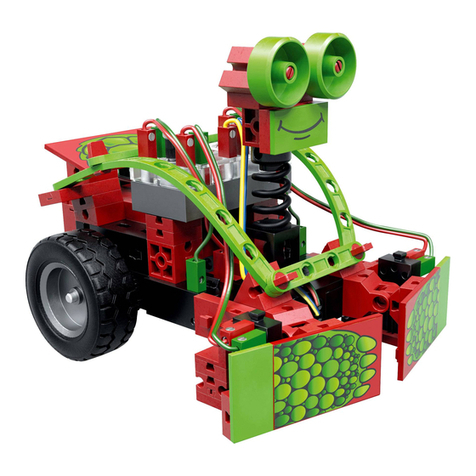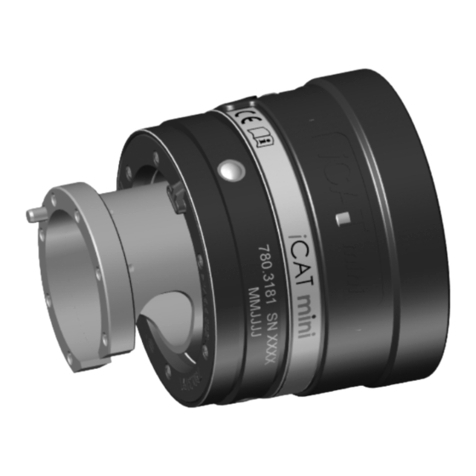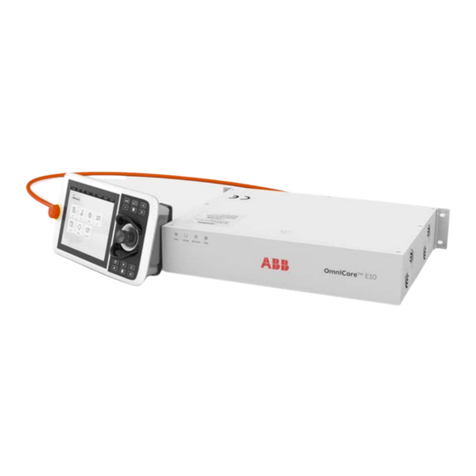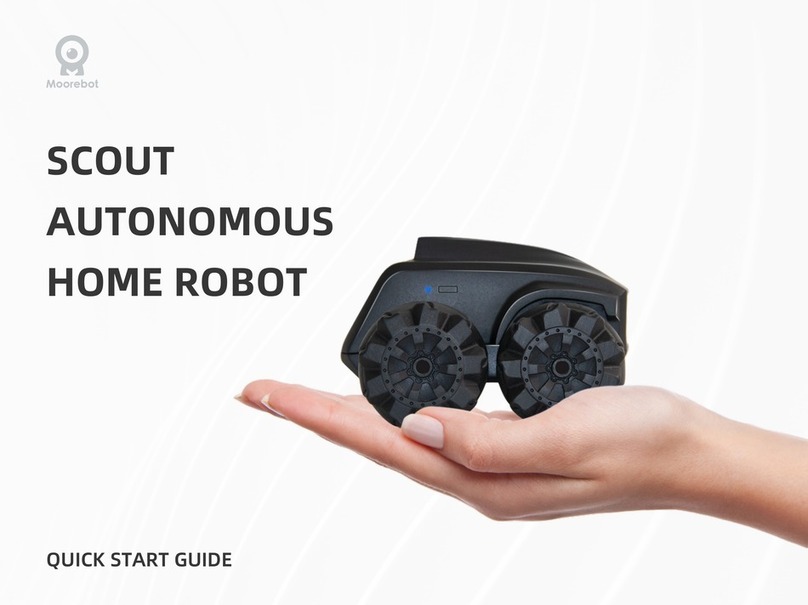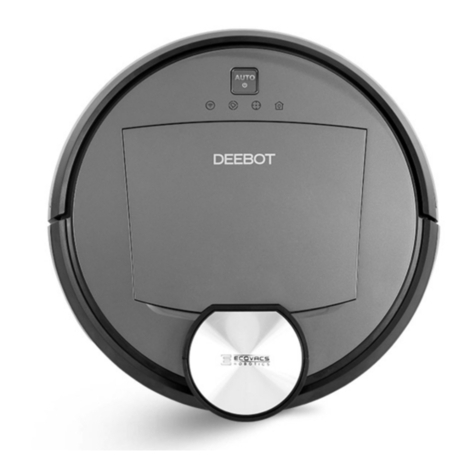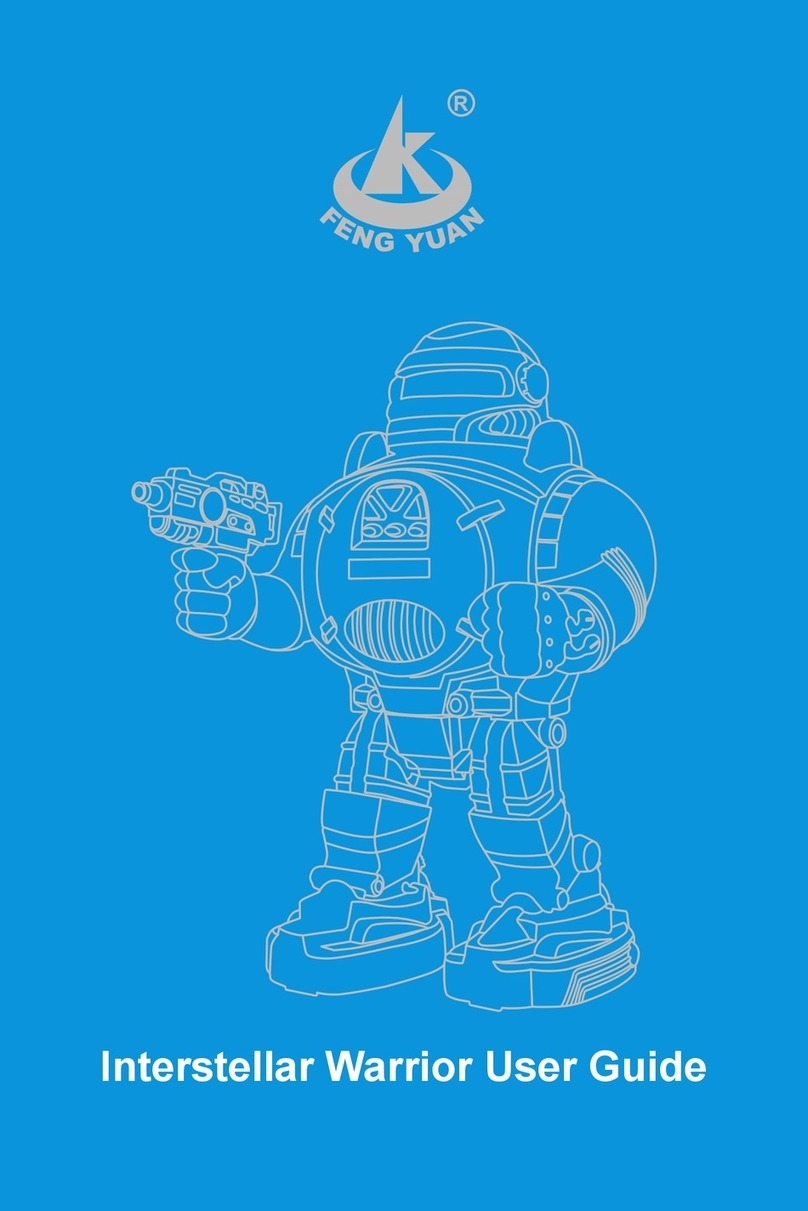
Contents
1. Introduction.................................................................................................................................... 4
1.1. Important Safety Notice....................................................................................................................4
1.2. Scope of the Manual........................................................................................................................ 4
1.2.1. Gecko SP1/3/5.........................................................................................................................4
1.3. Copyright............................................................................................................................................. 4
2. Safety..............................................................................................................................................5
2.1. Intended Use......................................................................................................................................5
2.2. General Safety Instructions........................................................................................................... 5
2.3. Risk Assessment.............................................................................................................................. 6
2.4. Environmental Safety.......................................................................................................................7
3. HW Installation.............................................................................................................................. 8
3.1. Overview..............................................................................................................................................8
3.2. Robot Mount...................................................................................................................................... 8
3.2.1. Optional - Angle Bracket.....................................................................................................8
3.2.2. Quick Changer Mounting...................................................................................................9
3.2.2.1. Quick Changer - Robot Side.................................................................................. 9
3.2.2.2. Gecko SP1/3/5.......................................................................................................... 9
3.2.3. Tools........................................................................................................................................ 9
3.2.3.1. Gecko SP1/3/5............................................................................................................9
4. SW Installation..............................................................................................................................11
4.1. Gecko SP1/3/5 SW Installation.......................................................................................................11
5. Operation......................................................................................................................................12
5.1. Gecko SP Operation....................................................................................................................... 12
5.1.1. How the Gecko SP Works.................................................................................................. 12
5.1.2. TCP Setup..............................................................................................................................14
5.2. URScript Commands......................................................................................................................15
5.2.1. Gecko SP1/3/5...................................................................................................................... 15
5.2.1.1. Grip and Release...................................................................................................... 15
6. Hardware Specification.............................................................................................................. 16
6.1. Technical Sheets..............................................................................................................................16
6.1.1. Gecko SP1/3/5....................................................................................................................... 16
6.2. Mechanical Drawings................................................................................................................... 20
6.2.1. Adapter Plate.......................................................................................................................20
6.2.2. Angle Bracket......................................................................................................................21
6.2.3. Mountings............................................................................................................................22
6.2.3.1. Quick Changer - Robot Side................................................................................22
6.2.3.2. Quick Changer for I/O - Robot Side..................................................................23
6.2.4. Tools......................................................................................................................................23
2
